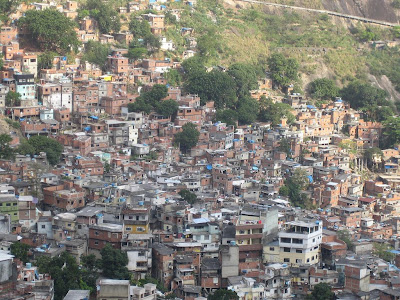 In the book, In Praise of Shadows, Jun'Ichiro Tanizaki laments Japan's insatiable appetite for Western products, specifically those inventions that changed the domestic landscape in his country forever. Written in the '60s, his observations of a fast-changing traditional Japan are simple, eloquent and quite fascinating. The wide hanging eaves, the filtering of light through soji screens, the use of gold as an accent which becomes more provacative when seen in the absence of light, the carefully built alcoves out of reach of direct light.
In the book, In Praise of Shadows, Jun'Ichiro Tanizaki laments Japan's insatiable appetite for Western products, specifically those inventions that changed the domestic landscape in his country forever. Written in the '60s, his observations of a fast-changing traditional Japan are simple, eloquent and quite fascinating. The wide hanging eaves, the filtering of light through soji screens, the use of gold as an accent which becomes more provacative when seen in the absence of light, the carefully built alcoves out of reach of direct light.
A calm sense of "being" is paramount in his ideas, which remind me of Carlos Castenada's thoughts on shamanism and "dreaming," in which years of careful study ("stalking") of shadows (ok - maybe with added effects of certain cactus extracts) enables shamans to be able to "see" differently, i.e. to "dream" while still awake.
Taking from these two sources, the effect that shadows have on our environment is profound. With light, there is shadow. Too much light is never a good thing. If we move back to Tanizaki's observations, it's precisely the western ideals of "white" and "light" which harm his traditions. The mechanization of space and domestic tools removed the mystery from the Japanese home and garden.
 C-Laboratoy via Daily Tonic
C-Laboratoy via Daily Tonic Ghost Lab.
Ghost Lab.
Taking from these two sources, the effect that shadows have on our environment is profound. With light, there is shadow. Too much light is never a good thing. If we move back to Tanizaki's observations, it's precisely the western ideals of "white" and "light" which harm his traditions. The mechanization of space and domestic tools removed the mystery from the Japanese home and garden.

 C-Laboratoy via Daily Tonic
C-Laboratoy via Daily Tonic Ghost Lab.
Ghost Lab.


































